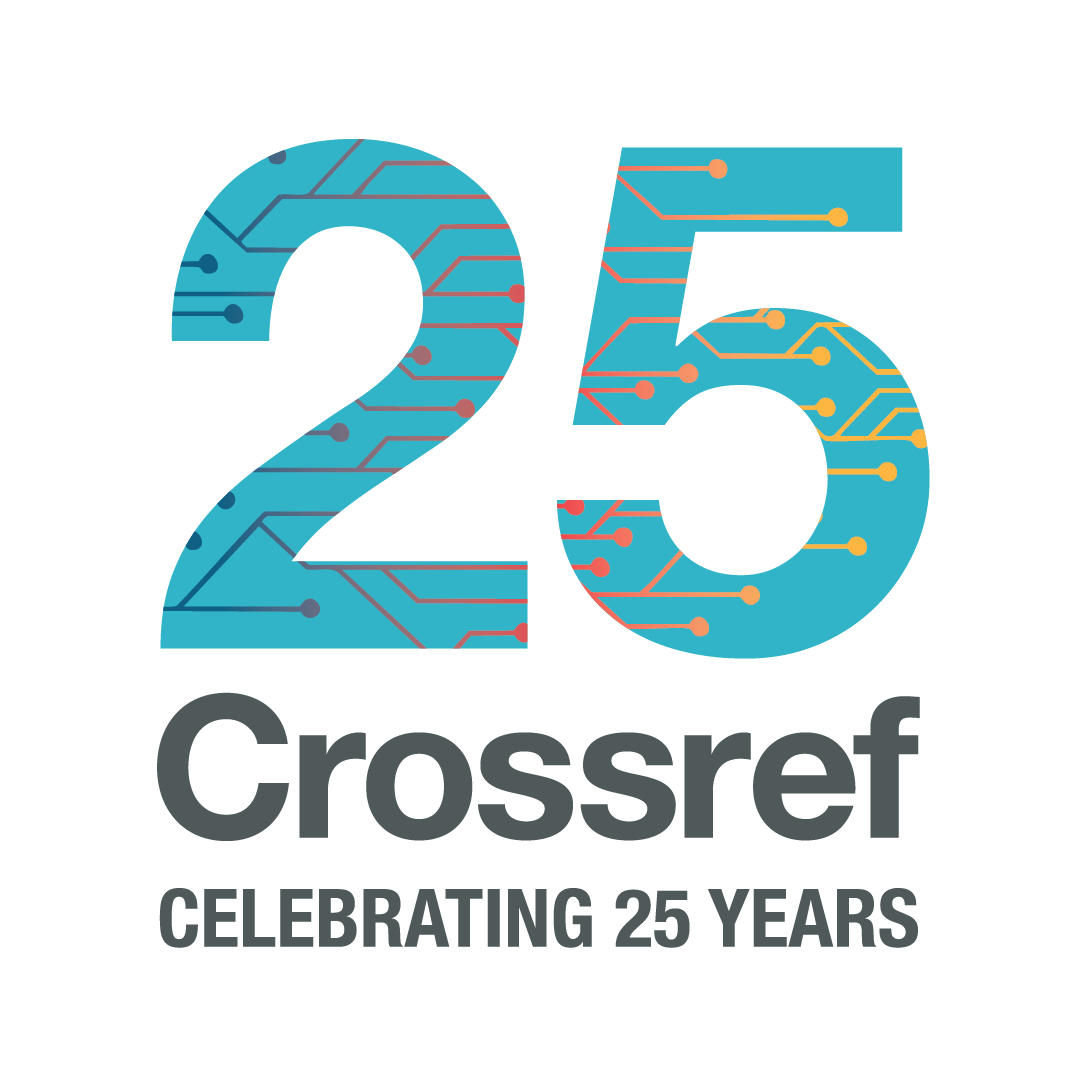8 minute read.Evolving the preprint evaluation world with Sciety
This post is based on an interview with Sciety team at eLife.
What is Sciety?
Sciety is a community-led initiative developed by a team within eLife, that brings together expert evaluations of papers in one place. It is focused on preprints, preprint review and curation.
Can you tell us more about how Sciety works?
Sciety aggregates preprints from different sources to facilitate the processes of discovery and evaluation. Groups can triage the content and offer preprint reviews and endorsements, and individual researchers can learn about and share preprints of interest and their evaluations. We see the value of increasing trust in preprints, and transparency around the process of peer review, and we are trying to highlight this value and encourage more people to take part.
There are two key angles to Sciety: first, as preprints proliferate, we’re helping to make people more productive in their research by only surfacing the content they might be interested in and that they know they can trust. Second, we are also trying to get more people involved in the public review and curation of preprints. Contributors on Sciety are part of ‘groups’, representing organisations and other communities that facilitate some form of preprint evaluation. We’re broadly talking about peer review, but we also see the highlighting and summarisation of research. eLife, Biophysics Colab, MetaROR and Gigabyte, for example, are all providing some kind of review summary which Sciety shows as a ‘curation statement’. There’s also this additional layer of individual curation on top of it: we have people creating their own highlights in lists which they curate by topic; for example, ‘preprints by authors in the Global South’ or ‘Papers we want to discuss in our lab’. There is also an update feed available to users to help them keep track of all the reviews and endorsements from the groups they follow. We post these assessments and reviews alongside the preprint, which others can then use as an indicator of trust: why should one care about this particular study? As a given group – let’s say GigaByte – and its reviewers highlight the specific strengths of a preprint or reference an updated version, this feedback offers essential context for readers.
By making this evaluation and curation activity visible, Sciety clarifies who has reviewed the work and which groups have added it to their lists. These signals are invaluable for readers seeking reliable, curated research. The activity feed, which at present shows you all the added value in the form of comments, reviews and curation we are bringing from diverse sources, could be expanded to show different forms of curation activity in the future. Furthermore, other providers ingest and surface this information on their own platforms, such as Europe PMC and bioRxiv.
What is your main use of Crossref resources?
We started using the Crossref API to pull in the front matter of articles. Originally, these were only bioRxiv preprints, and then we expanded to various other preprint servers. We would aggregate reviews and build on top of all the preprint servers that have put the authors’ content out there.
We were mostly after a representation of the papers that we could link to: titles, authors, abstracts, publication dates, and, to have a way to go from the DOI of a paper, a classic Crossref entry point. Initially, we used the public API, but the performance wasn’t high enough for what we needed and we switched to Metadata Plus. This immediately increased the speed at which we got data to the point where we could compose pages on the fly and talk to Crossref simultaneously. Even if we needed to pull 10 or 20 different paper titles at the same time to show a list of articles, it stayed that way for a long time. Next, we implemented caching – that is, we started storing temporal local copies to improve performance further. Eventually, we expanded the set of preprint servers we were interested in. It’s always been quite a good experience to be able to put in a DOI and use the same code, essentially, to pull out titles, author information and so on. Crossref does this great job of aggregating the world of content so that we don’t have to. The metadata standardisation via Crossref’s API saves us the need to write special code for every new preprint server.
By the end of 2023, we were interested in multiple revisions and versions of a single preprint. Because the scholarly world is moving on, we can now see cases where the updates to a manuscript produce multiple versions in bioRxiv, and these might eventually evolve into an article in eLife, Nature, or another journal. The publication history complexity of papers has been increasing and we started relying a lot on Crossref to trace the relationships and the different versions of a paper across time. There is some good support on the relationship metadata on Crossref APIs, where you can see that a preprint has a new version with a different DOI, or conversely, that a preprint has an older version. Or you can see that a preprint has become a journal article, or the journal article was originally a preprint – along with all the dates that accompany these different versions. And we can establish the time it took for a preprint to become a journal article. In some cases it can take years, which is not great, right? We don’t want science to be stuck and not relied upon for years. So it helps us to make our case that preprints are the evolution of publishing, that authors publish them and then the preprints evolve rather than being stuck between gates kept by journals.
What can you tell us about the use of preprints?
We have noticed an increase in the interest in how a paper evolves over time and the cross-links between different preprint expressions or journal articles. We’re now seeing enthusiasm from those who are trying alternative publishing models to bring reviewed scientific preprints to people faster, and there is also interest in the transparency of a journal. And I think that’s part of what the Crossref relationship metadata gives us.
For example, we collaborated on a paper aimed at enhancing the culture of preprint peer review. One of the things we observed was that it was published on an OSF preprint server, and then went on to be published in PLOS Biology. As we’d started this project to show the relationships between something that had originally been a preprint, we noticed that the connection between PLOS and OSF for that specific preprint was not explicit. So, we asked a colleague if this was something that could be done. And our contact at PLOS said, “yes, we’ll do this”. At the time, we were aware of Crossref’s intention to either make this more manageable or to do it in bulk. This also prompted another group on Sciety to explore whether they could do the same. Consequently, GigaByte and GigaScience, two other reviewing communities on Sciety, inquired with their publishing platform, Riverview, if they could do the same. Eventually, they realised there was a way to connect the dots through Crossref, and they also started doing it. So, there seems to be a lot of enthusiasm around this idea of making the relationships more explicit: we should show if something has been a preprint, because it’s important to the authors, and it’s important to show the transparency in the journey. That was a real-world example of something that we’re able to service through Sciety by using the Crossref metadata, and the community is responding in a very positive manner to that.
How has your experience been using Crossref services? What are you looking forward to seeing in the future?
The works endpoint is really the 99% of what we have been historically interested in. We generally experiment by putting DOIs in the public API or trying to discover content in the API itself. The amount of data is so big that there are always different examples of what we seek. And we don’t have many performance problems now because we have adopted some aggressive caching. So anything that comes from Crossref is typically cached for 24 hours.
For example, take a bioRxiv preprint that might have multiple versions available on bioRxiv itself, because it’s quite common for authors to update the preprint as they make new changes to it. With this context, an example of something we would like to see is supporting the preprint version number. So this is something that we could implement for bioRxiv over some specific preprint servers on Sciety. But in the end, as we expanded our set of preprint servers, we had to get rid of that, because there wasn’t a sustainable way to aggregate it across most servers, like we would do with Crossref. So there’s probably a space there for papers as living documents. And we certainly have an interest in preprint-specific metadata – that’s where we will place our bets.
Also, as part of the preprint review metadata group, which is something that formed out of the recent meeting with EMC Europe and ASAPbio, we’re trying to drive forward a recommendation and prototypes for more consistency in preprint review metadata. It’s quite exciting to be involved in this and, as you can see, Sciety is a place where we’re starting to pull all this stuff together. And like I say, it is a bit of a Wild West. There are so many things that are called a review, but in metadata, we know there are different terminologies. As people are saying, everyone should be commenting on preprints, everyone should be curating them, and we’re trying to make some sense of that.
Working on Sciety and exploring Crossref metadata to make preprint review more open and valuable has been a rewarding experience.
With thanks to Giorgio Sironi, former Tech Lead Manager, and Mark Williams, Product Manager, at eLife






